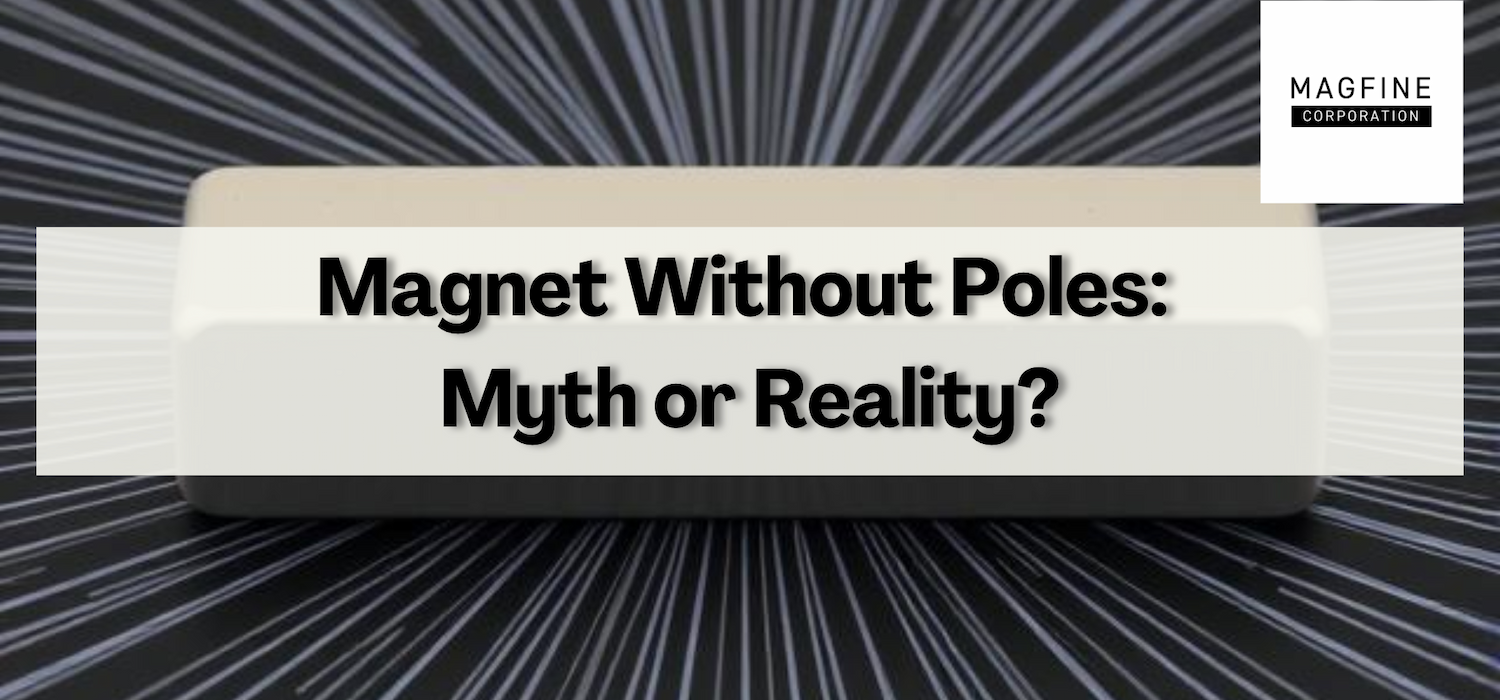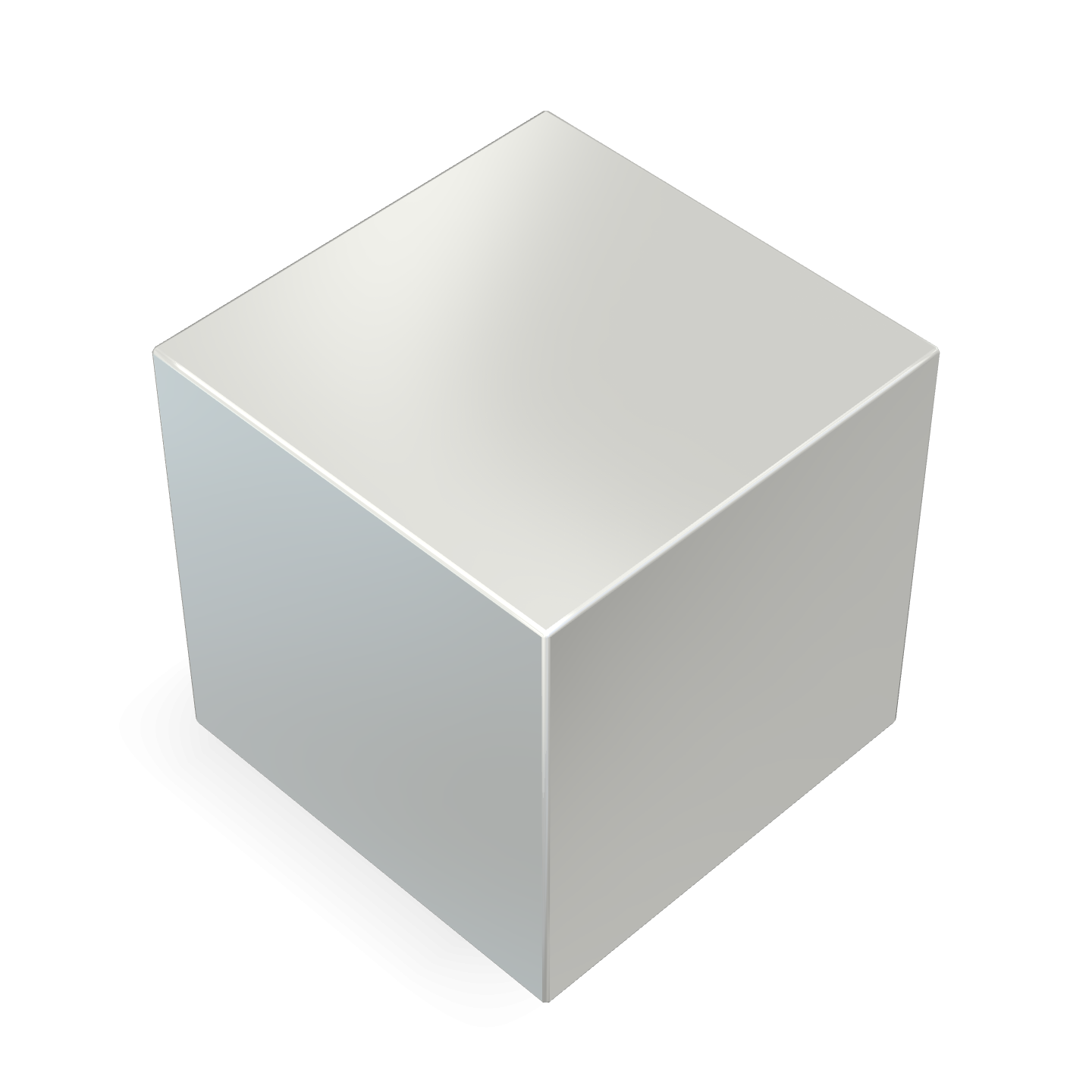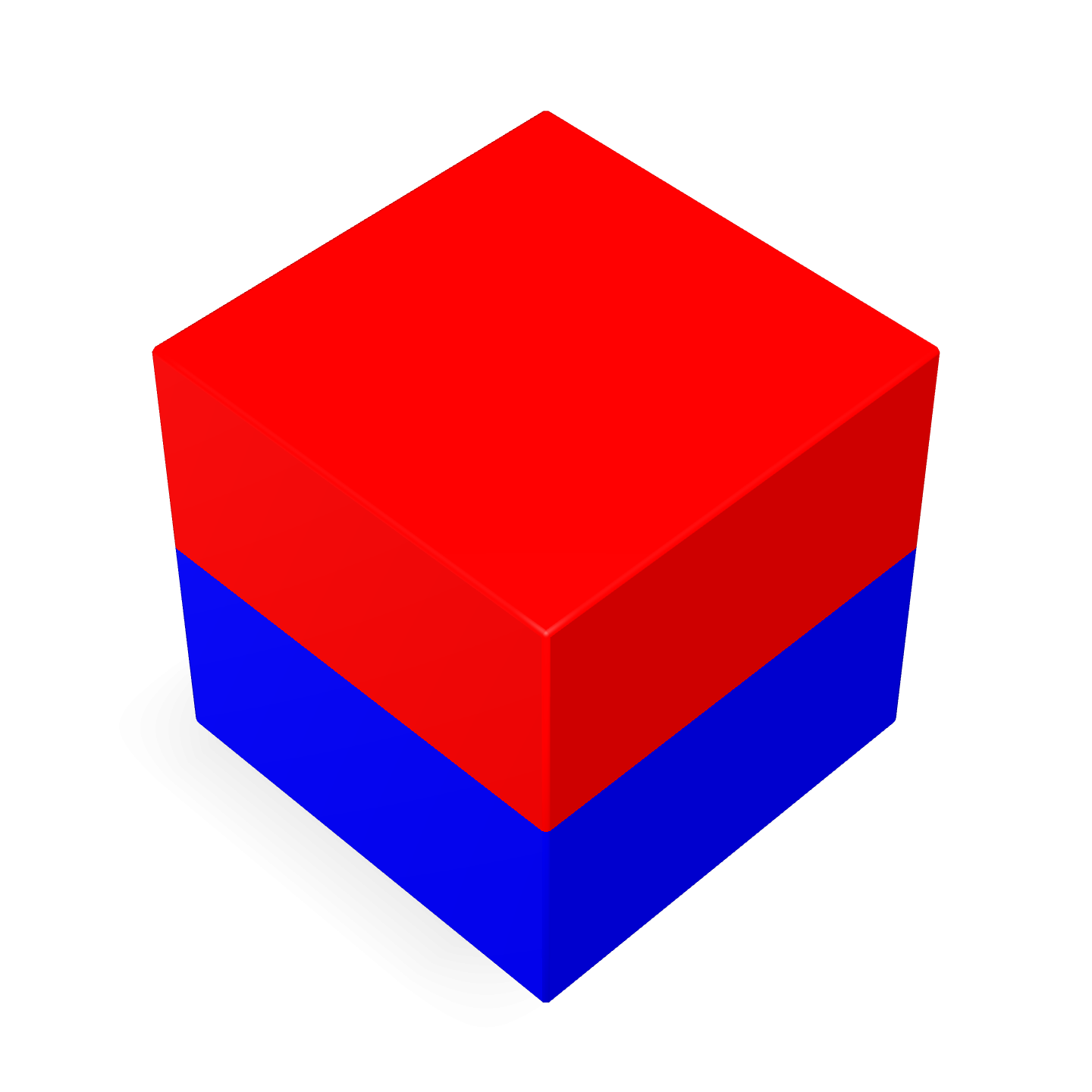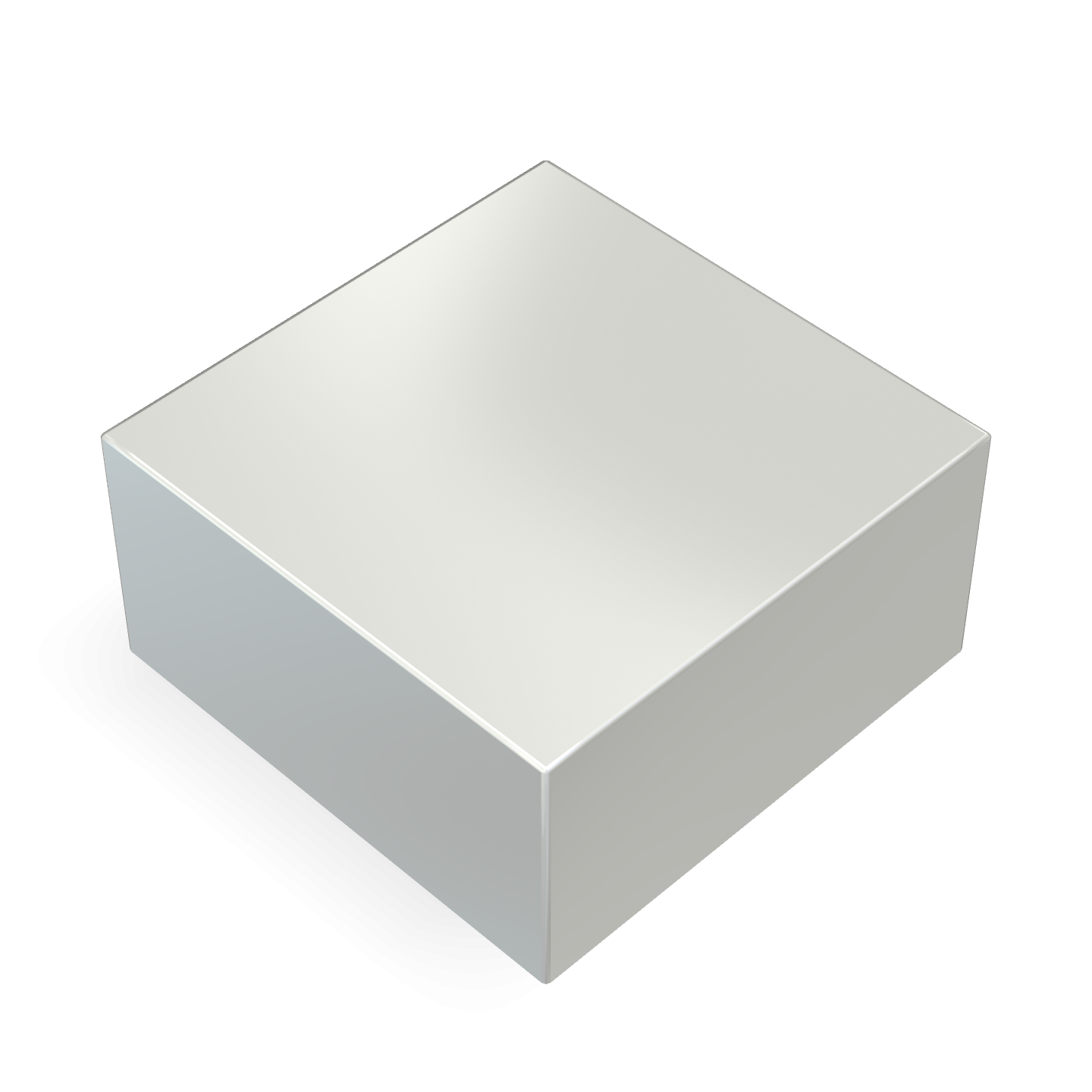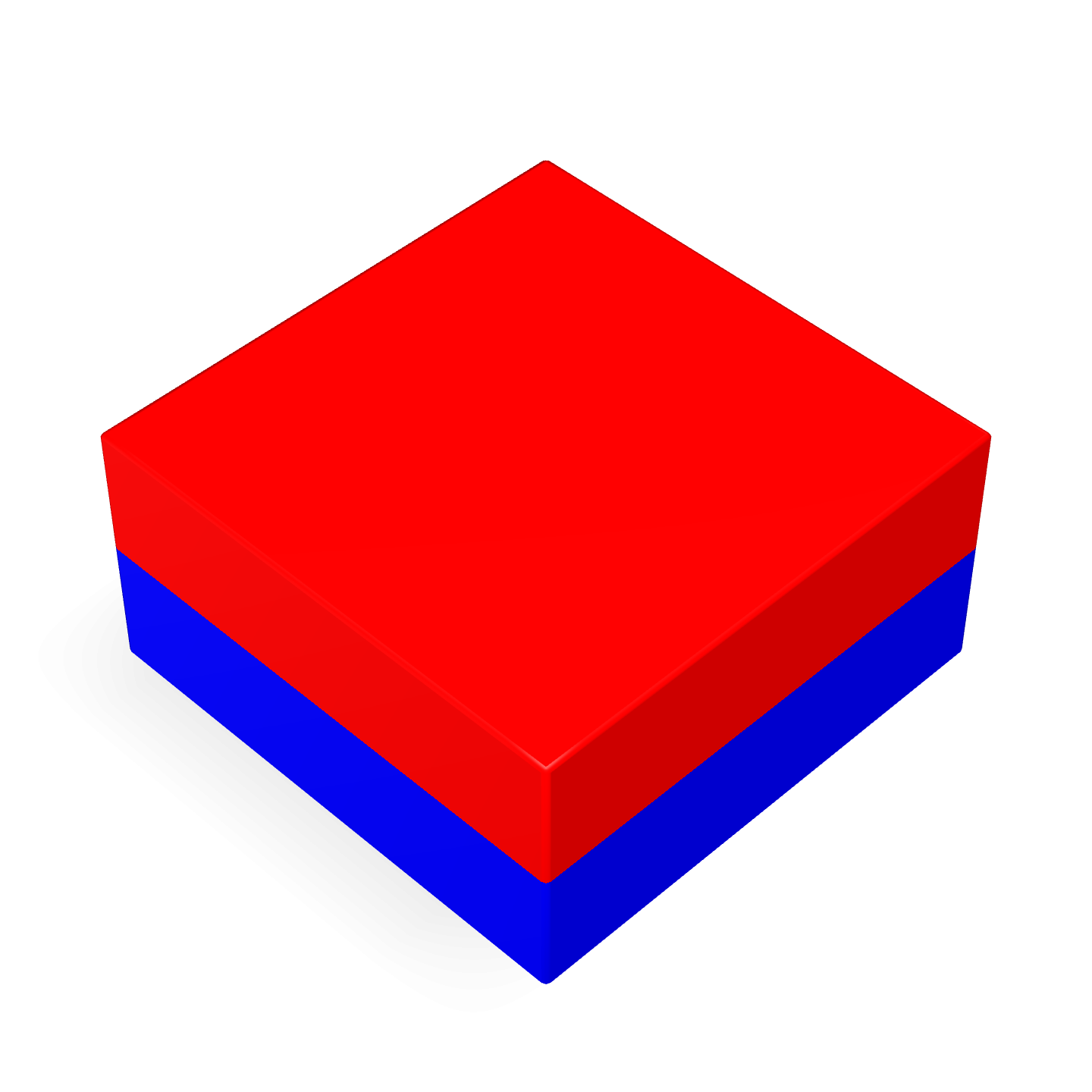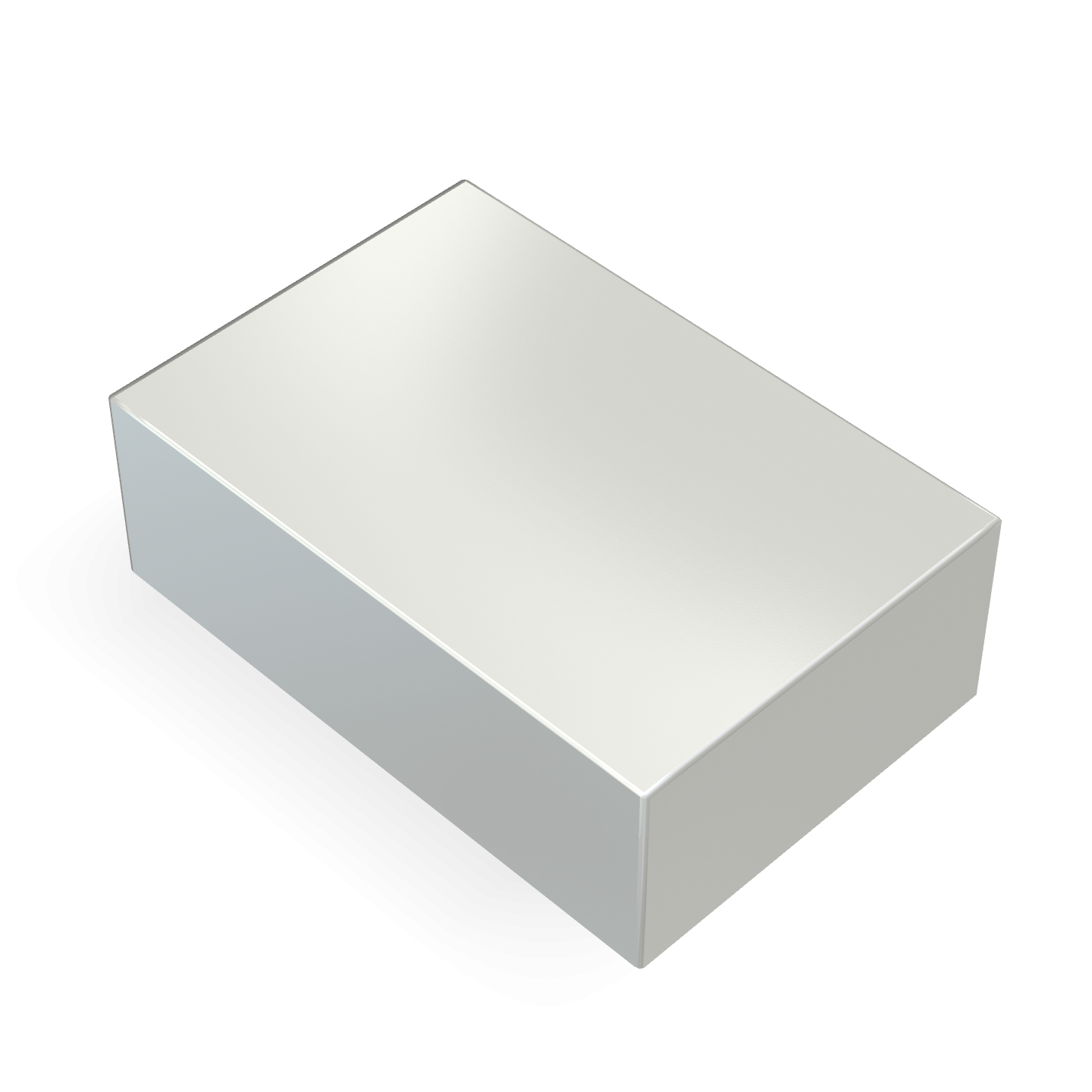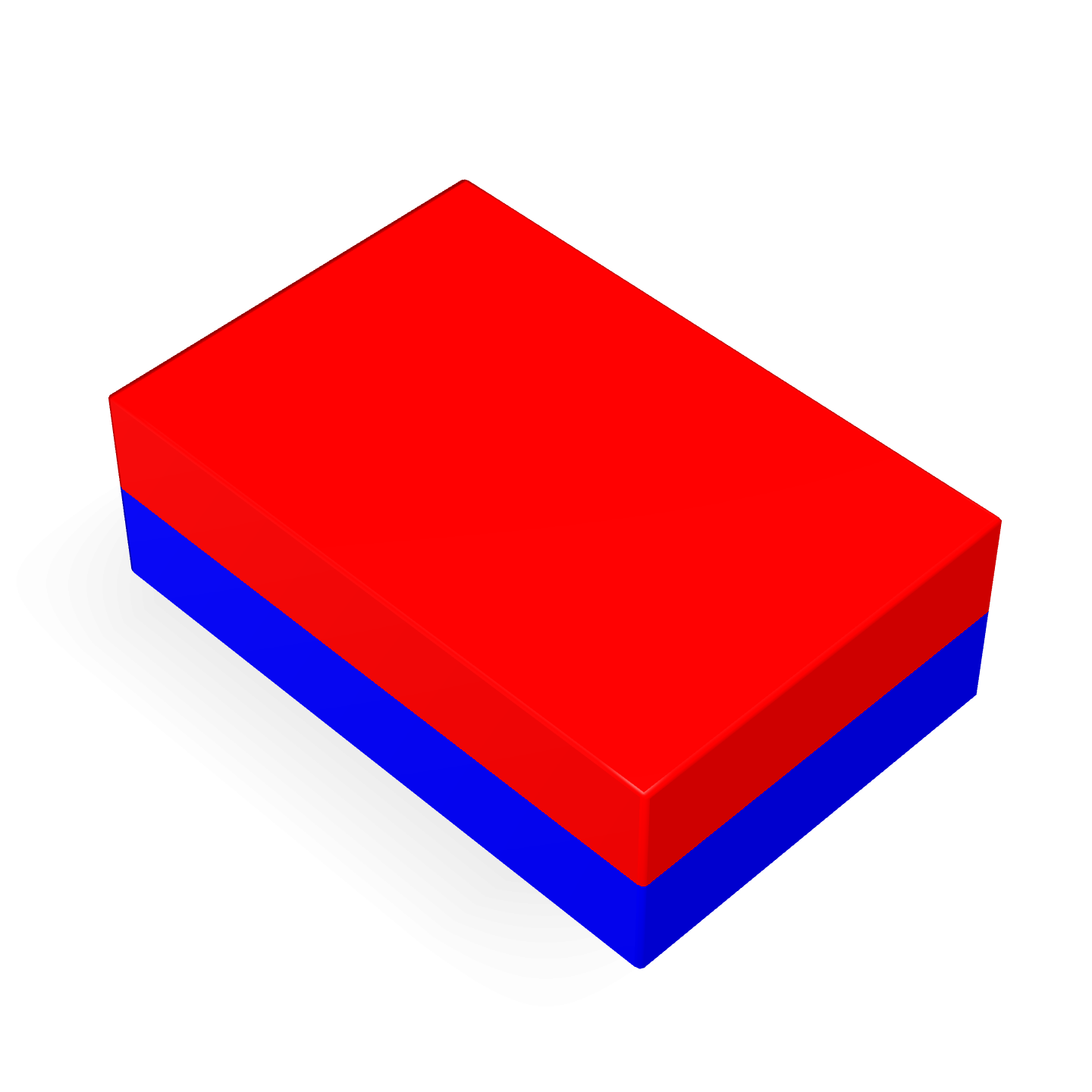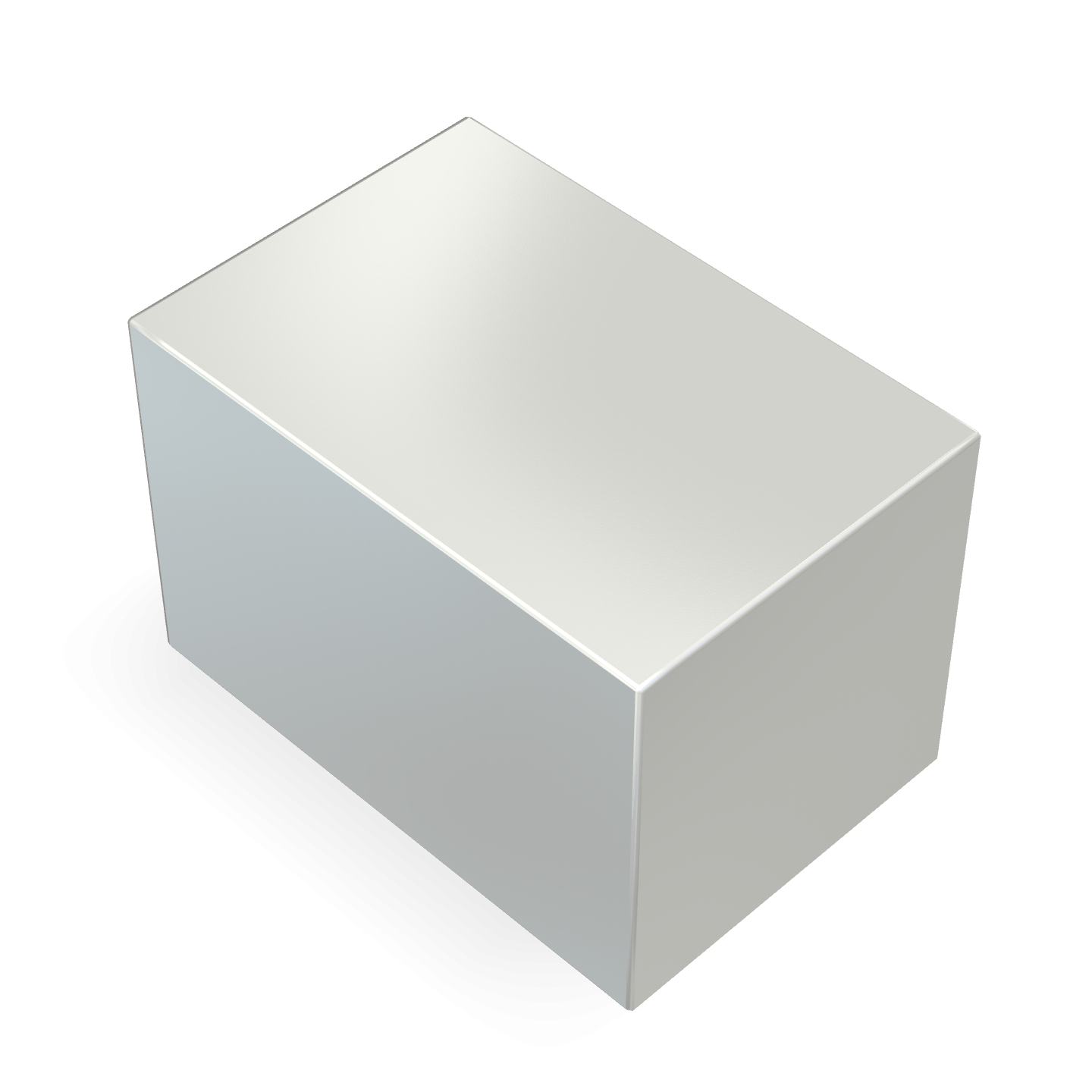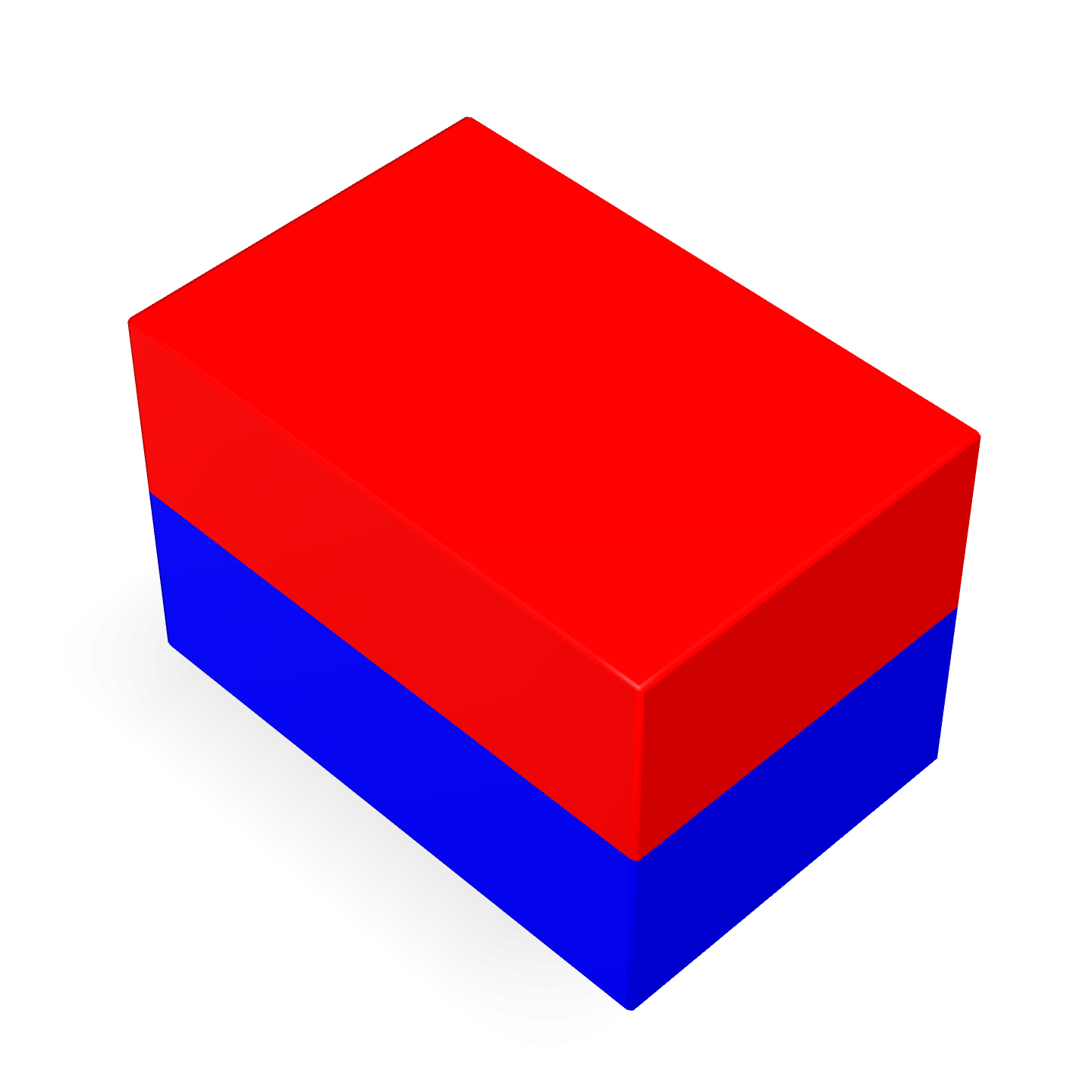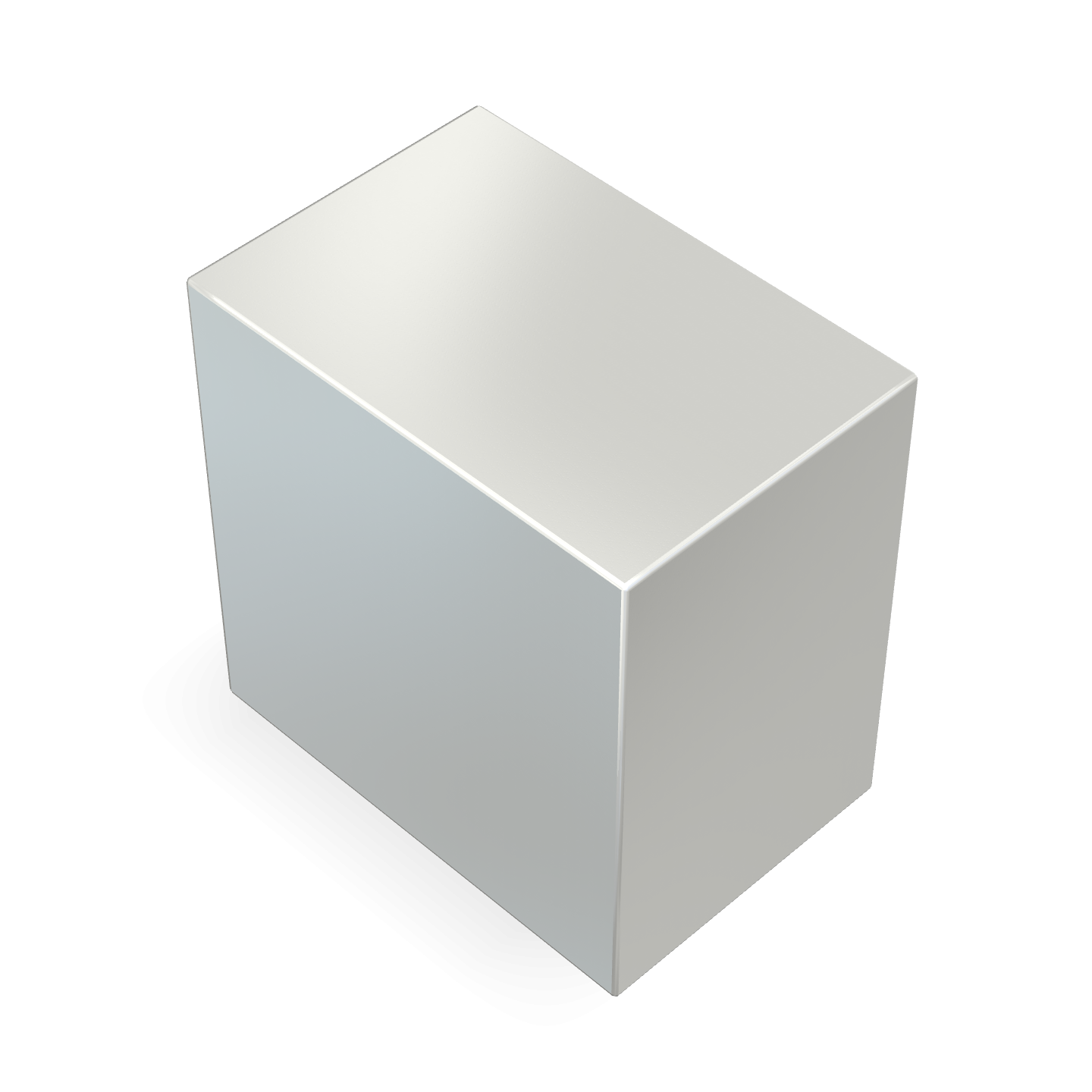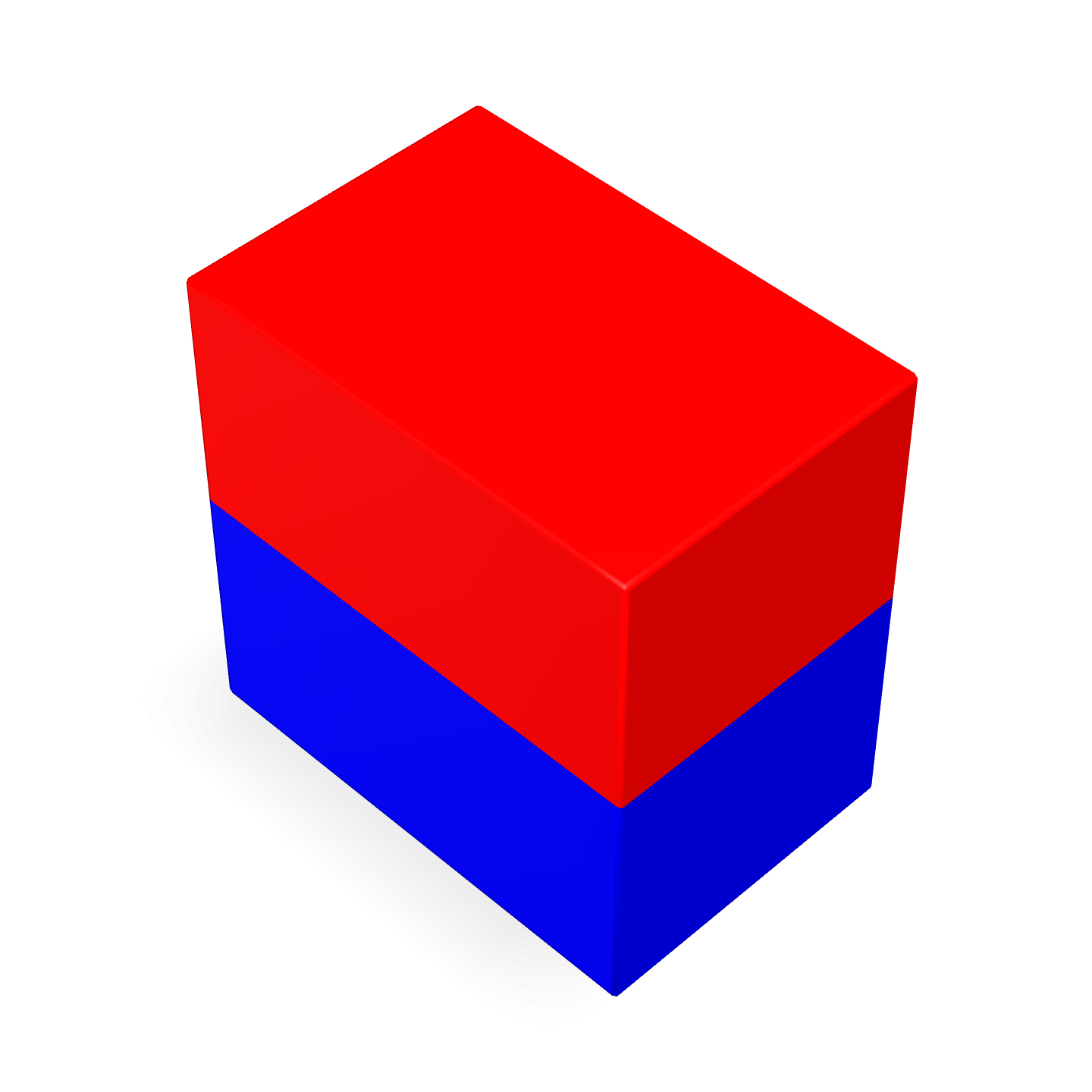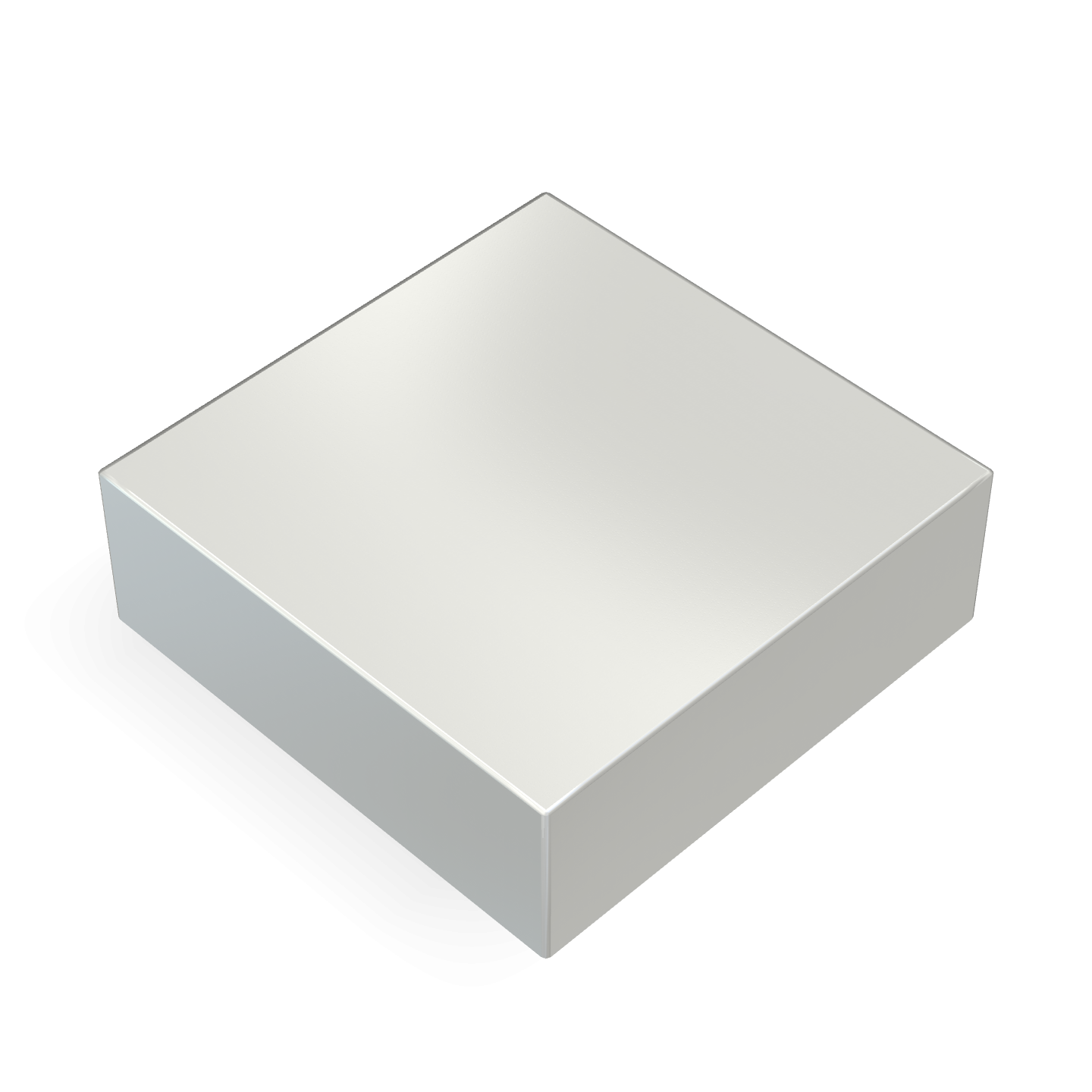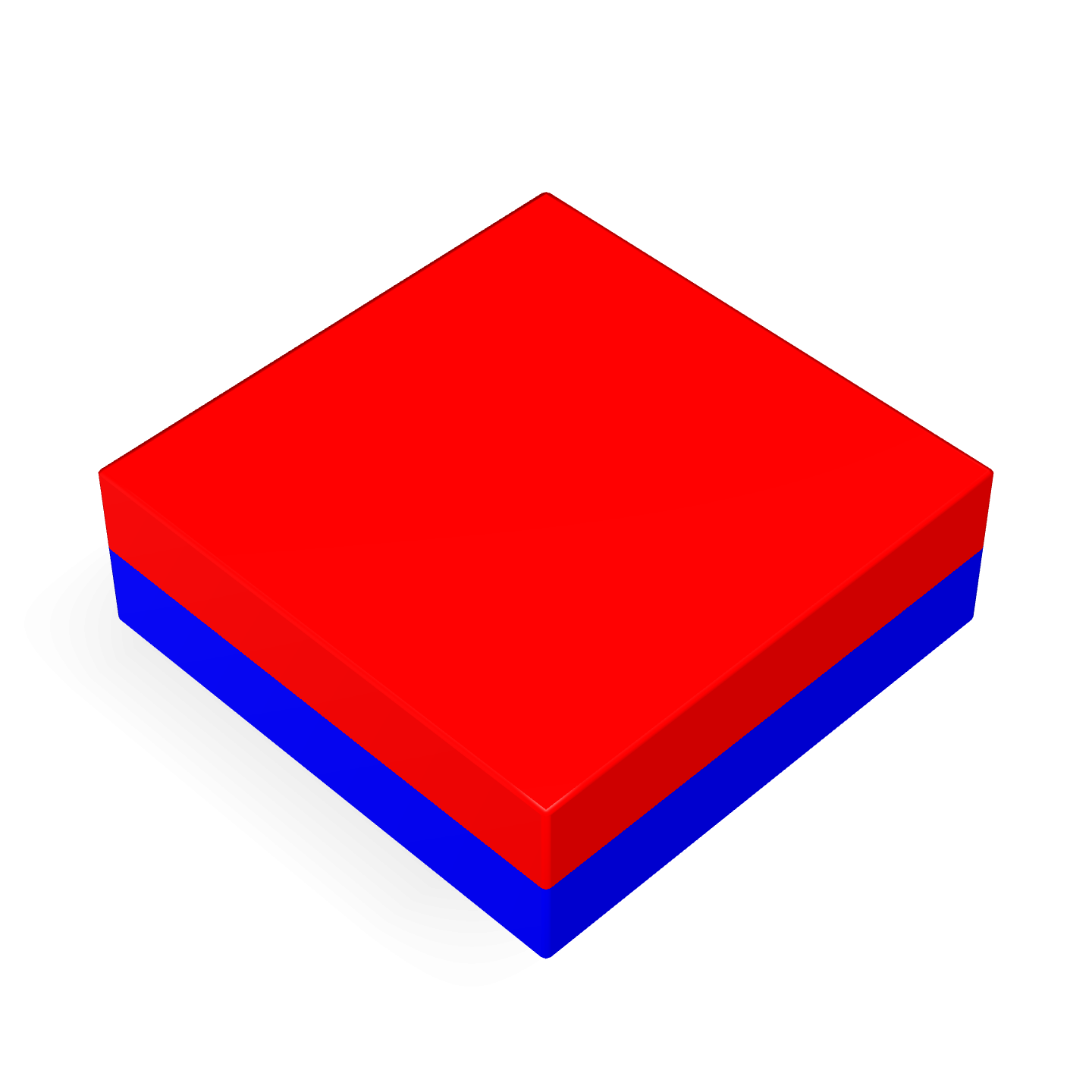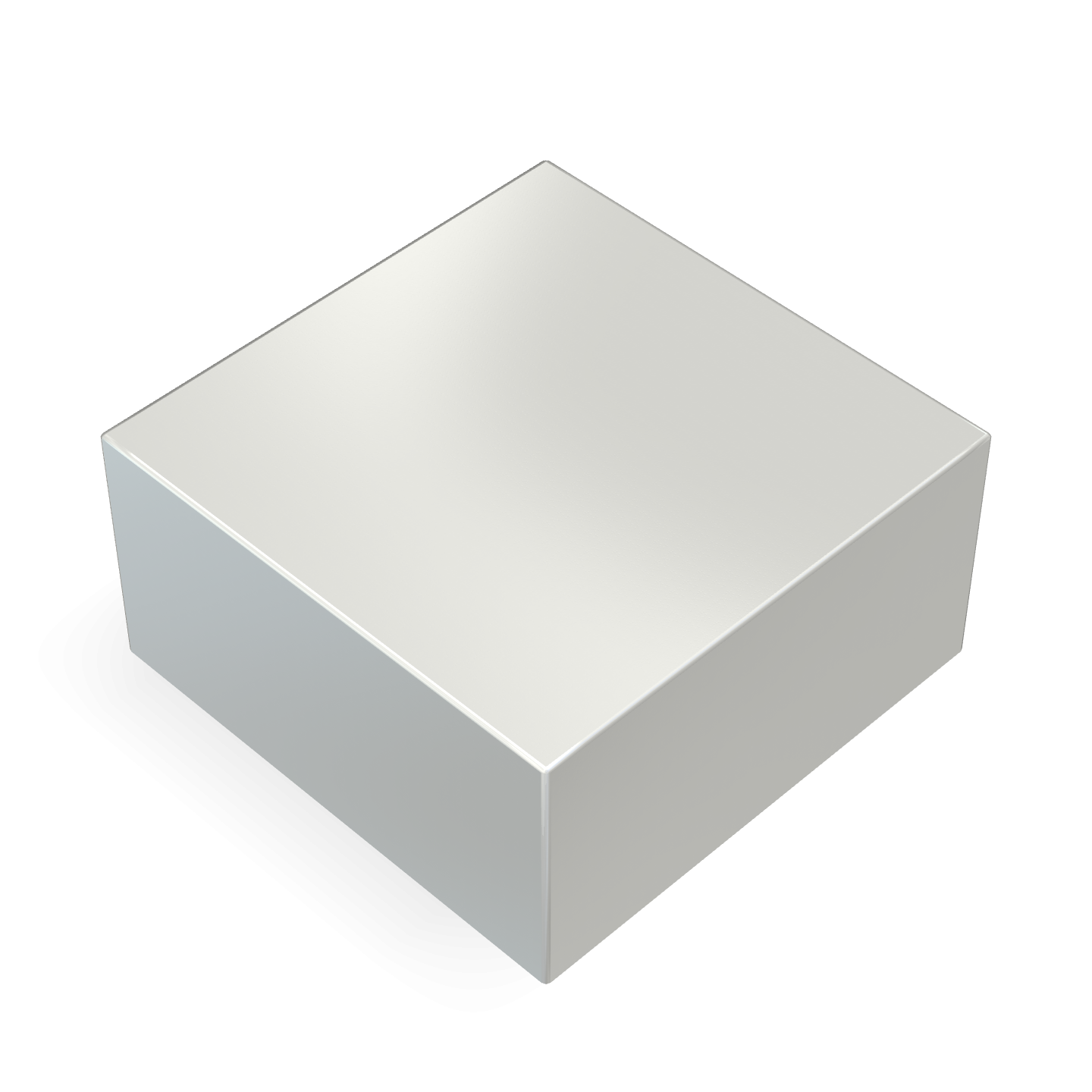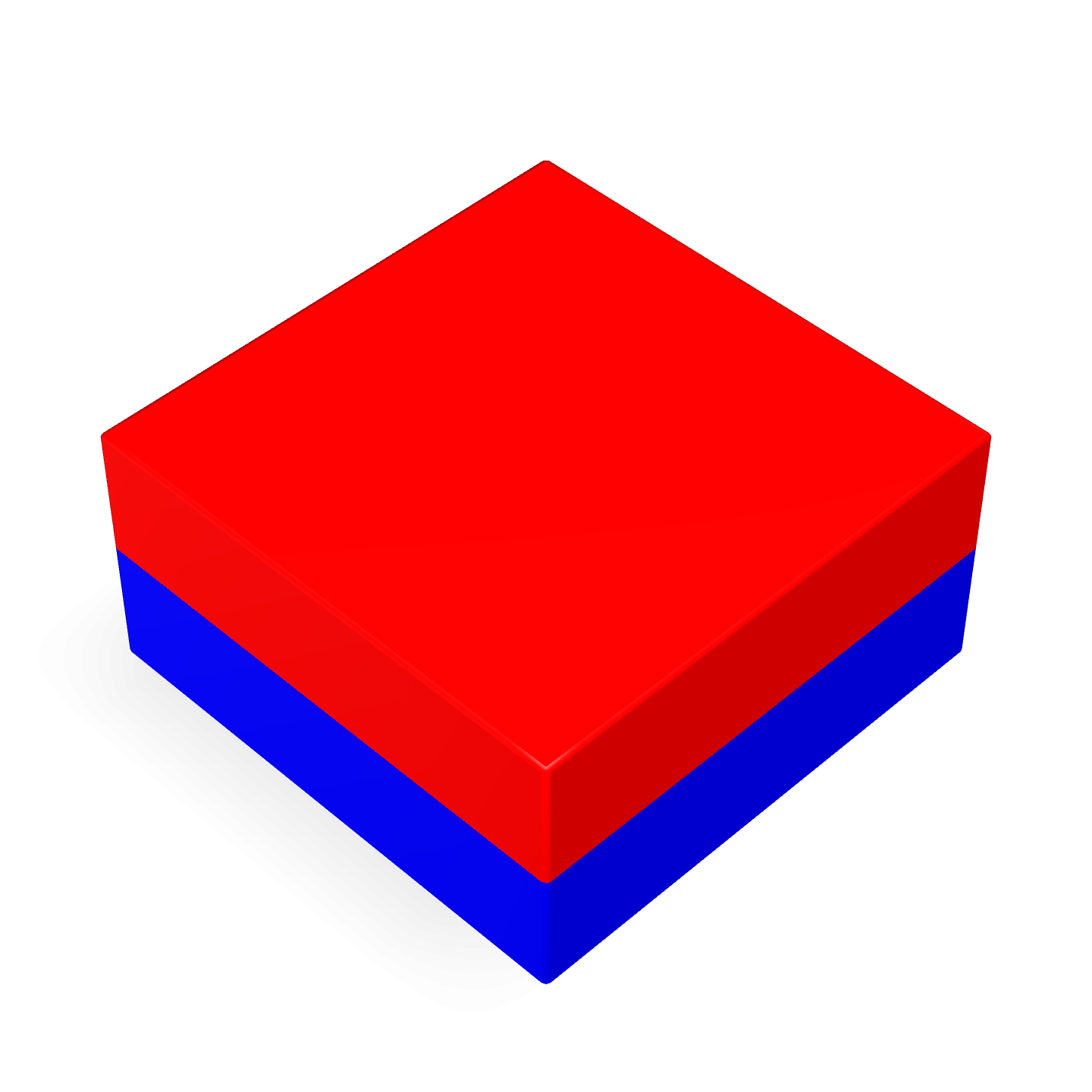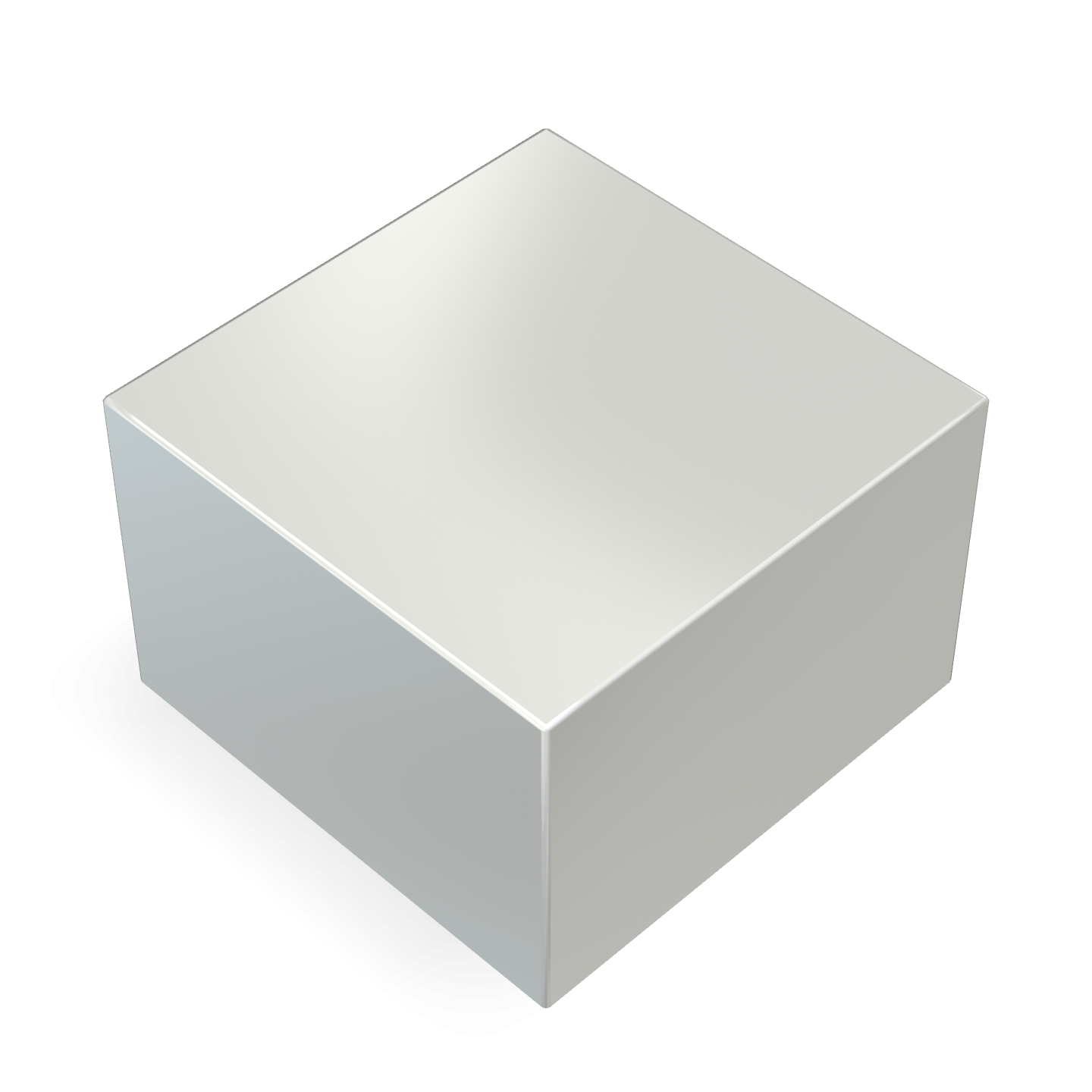Magnets are a part of our everyday lives, from the tiny ones on the fridge to the powerful industrial magnets used in factories. But have you ever wondered if it's possible to have a magnet without a pole? It sounds like something out of a sci-fi movie, doesn’t it? Well, it’s not exactly a fictional concept—there’s some fascinating science behind it, and while the idea might seem impossible, it’s not entirely out of the question. Let's explore what’s really going on with magnets and their poles.
Magnetic Poles: The Basics
Every magnet we encounter has two poles: a north and a south pole. These poles are inseparable, which is why you can’t have a single magnetic pole on its own. If you were to cut a magnet in half, you wouldn't end up with a north pole on one piece and a south pole on the other. Instead, you'd just have two smaller magnets, each with its own north and south pole.
The question arises—could there be a magnet that doesn't follow this pattern? Could there be a situation where poles don't exist in the traditional sense?
Magnetic Monopoles: The Hypothetical Particle
In the world of physics, there’s something called a magnetic monopole. This is a theoretical particle that would only have one magnetic pole, either north or south, but not both. You could think of it like an electric charge, which can be positive or negative, but never both. While this idea has fascinated scientists for years, we still haven’t discovered a magnetic monopole in nature. Despite some attempts to create them in the lab, magnetic monopoles remain elusive.
But does that mean we’re out of luck in our search for pole-less magnets? Not exactly. While the true magnetic monopole hasn’t been found, there are clever ways engineers work around this idea to create the illusion of pole-less magnets.
"Pole-less" Magnets: Not Exactly What They Seem
So, are magnets without poles actually possible? Not in the way we traditionally think of magnets, but there are some clever tricks in modern engineering that can make a magnet behave as though it has no poles. These techniques rely on specific magnet configurations that can either cancel out the magnetic field in certain areas or spread it out in ways that don’t resemble the typical north-south pattern.
Let’s take a look at a few examples of this:
-
Halbach Arrays: A Game-Changer
A Halbach array is a configuration of magnets arranged in a way that strengthens the magnetic field on one side and cancels it out on the other. The result? A field that is highly concentrated in one direction, but nearly non-existent in the opposite direction. This “one-sided” magnetic field makes Halbach arrays particularly useful in things like maglev trains, where magnetic levitation is essential for high-speed transportation systems. -
Multipole Magnets: Shaping Fields in Unique Ways
Multipole magnets are commonly used in motors and scientific equipment. Unlike regular magnets with clear north and south poles, multipole magnets feature multiple poles arranged in a specific pattern. When you look at them from a distance, they might seem to have no distinct poles, but if you look closely, you'll find them distributed across the magnet in a precise arrangement. These designs allow for better control and more efficient use of magnetic fields. -
Radial Ring Magnets: Magnetic Fields in Circles
Radial ring magnets are another intriguing design. These magnets are magnetized in a way that the poles radiate outward from the center, creating a uniform magnetic field around the ring. Instead of a simple north-south field, the magnetic field is spread evenly across the ring, which is useful in certain applications like rotating machinery or sensors.
Real-World Applications of These Magnet Designs
Although true "pole-less" magnets don’t exist in the traditional sense, the designs we just mentioned have practical, real-world uses. Here are some of the areas where these advanced magnet configurations are having a significant impact:
-
Magnetic Levitation (Maglev Trains)
Maglev trains rely on magnetic levitation to float above the tracks, reducing friction and allowing for much higher speeds than traditional trains. By using arrangements like Halbach arrays, engineers can create stable magnetic fields that keep the train levitating and moving efficiently. This technology is already in use in countries like Japan and China, and it’s only getting better. -
Medical Imaging (MRI Machines)
MRI (Magnetic Resonance Imaging) is a non-invasive way of looking inside the human body, and it relies heavily on magnets. Powerful magnets are used to generate a magnetic field strong enough to provide high-resolution images of internal organs and tissues. The advanced magnetic field configurations used in MRI machines make it possible to get detailed images while ensuring patient safety. -
Wireless Power Transfer
Wireless charging is becoming more common, especially with the rise of electric vehicles and the need for more efficient ways to charge devices. By using magnet configurations like Halbach arrays, wireless power systems can concentrate and direct magnetic fields more effectively, improving charging efficiency and reducing energy loss.
Neodymium Magnets: The Heart of Many Technologies
A lot of the innovations we’ve mentioned rely on powerful neodymium magnets, which are some of the strongest permanent magnets available today. Neodymium magnets are a type of rare-earth magnet and are particularly useful in applications that require high magnetic strength in a small package. Whether it’s in motors, maglev trains, or MRI machines, neodymium magnets play a key role in making these technologies work.
If you’re looking for top-quality neodymium magnets or industrial magnets for your project, Magfine Corporation in Canada offers a wide range of high-performance magnets. Our products are ideal for a variety of applications, whether you need them for everyday use or specialized industrial purposes.
Why Choose Magfine Corporation?
At Magfine Corporation, we specialize in providing high-quality magnets that meet the needs of industries across Canada. Whether you're working on a cutting-edge project or simply need a reliable industrial magnet, we offer a range of magnets to suit your specific requirements. From neodymium magnets to custom solutions, we’re committed to delivering products that provide both performance and reliability.
In Conclusion
While the concept of a magnet without a pole may sound like something from science fiction, the reality is that magnetic technology has come a long way. With the use of advanced configurations like Halbach arrays and multipole magnets, engineers can manipulate magnetic fields in ways that might seem almost magical. These innovations are playing a key role in industries ranging from transportation to healthcare.
If you're looking for top-quality magnets in Canada, reach out to Magfine Corporation today. We offer a variety of neodymium magnets and industrial magnets that can help take your project to the next level.
Frequently Asked Questions
What exactly is a magnetic monopole?
A magnetic monopole is a theoretical concept in physics—a particle that only has one magnetic charge, either north or south. Despite much speculation and research, magnetic monopoles have never been observed in nature or created in a lab.
How does a Halbach array work?
A Halbach array is a special arrangement of magnets that enhances the magnetic field on one side while canceling it out on the other. This creates a very efficient magnetic field in one direction, which is ideal for applications like maglev trains and MRI machines.
Are neodymium magnets only used in industrial applications?
Not at all! Neodymium magnets are used in a wide variety of applications, from household items like speakers and headphones to more complex industrial uses. Their strong magnetic fields make them perfect for many different purposes.
What are multipole magnets used for?
Multipole magnets are used in specialized equipment like motors and scientific instruments. These magnets have multiple poles, allowing for precise control of magnetic fields in situations where traditional magnets wouldn’t be as effective.
Where can I buy neodymium magnets in Canada?
You can find a wide range of high-quality neodymium and industrial magnets at Magfine Corporation. We offer magnets for various applications, from everyday use to advanced industrial needs.

